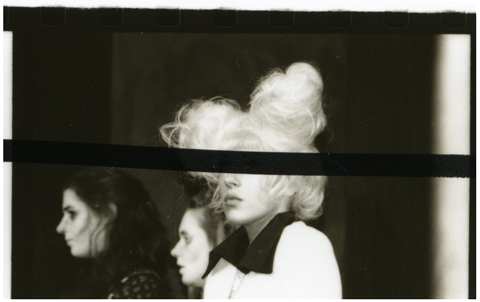Image Fixity
I’ve just been reading this excellent article on the various photo-scandals that have already unfolded this year. In light of some of the examples and issues it raises, I began to wonder once again about the motivations photographers hold for condemning image manipulation.
Aside from the obvious ethical concerns about changing the meaning of images, the reality is that many high profile cases of image manipulation are just boringly aesthetic changes (for example the case of Stepan Rudik) and don’t really seem to do any more to change the meaning or substance of an image than many of the choices the photographer already made before they took the photograph in terms of equipment, positioning, timing, editing, and so on.

Press Photographers, 1929, – Bundesarchiv Bild 102-08739
I began to wonder if by professing the fixity of a photograph’s content and claiming unaltered, unadulterated continuity between the moment of shooting and the audiences subsequent viewing that the photographer somehow feels they are making the image more real. More real because in making the image unchangeable it becomes more like the irretrievable and unchangeable reality it depicts, and less like the very malleable, changeable two dimensional visual artifact a photograph actually is.
I wonder also if condemning manipulation as a perversion of photojournalism’s mission to represent the truth of things offers a handy distraction from the more profound problems of photography, and of course the inherent unaccountability of much journalistic image making, which makes it all so easy for photographers like Paollo Pellegrin to accidentally or intentionally miss-caption images without it necessarily ever being noted. How many photographers have done this to some extent and not been caught, I wonder? Probably all of us, I know for certain I have mistakenly captioned images in the past in ways that have implications for the images understanding, or captioned them with less information than I might have done.
It seems to me that one of the real strengths of photography is its non-fixity of substance and meaning and its reliance on context, maybe either embrace this or stop using it?

